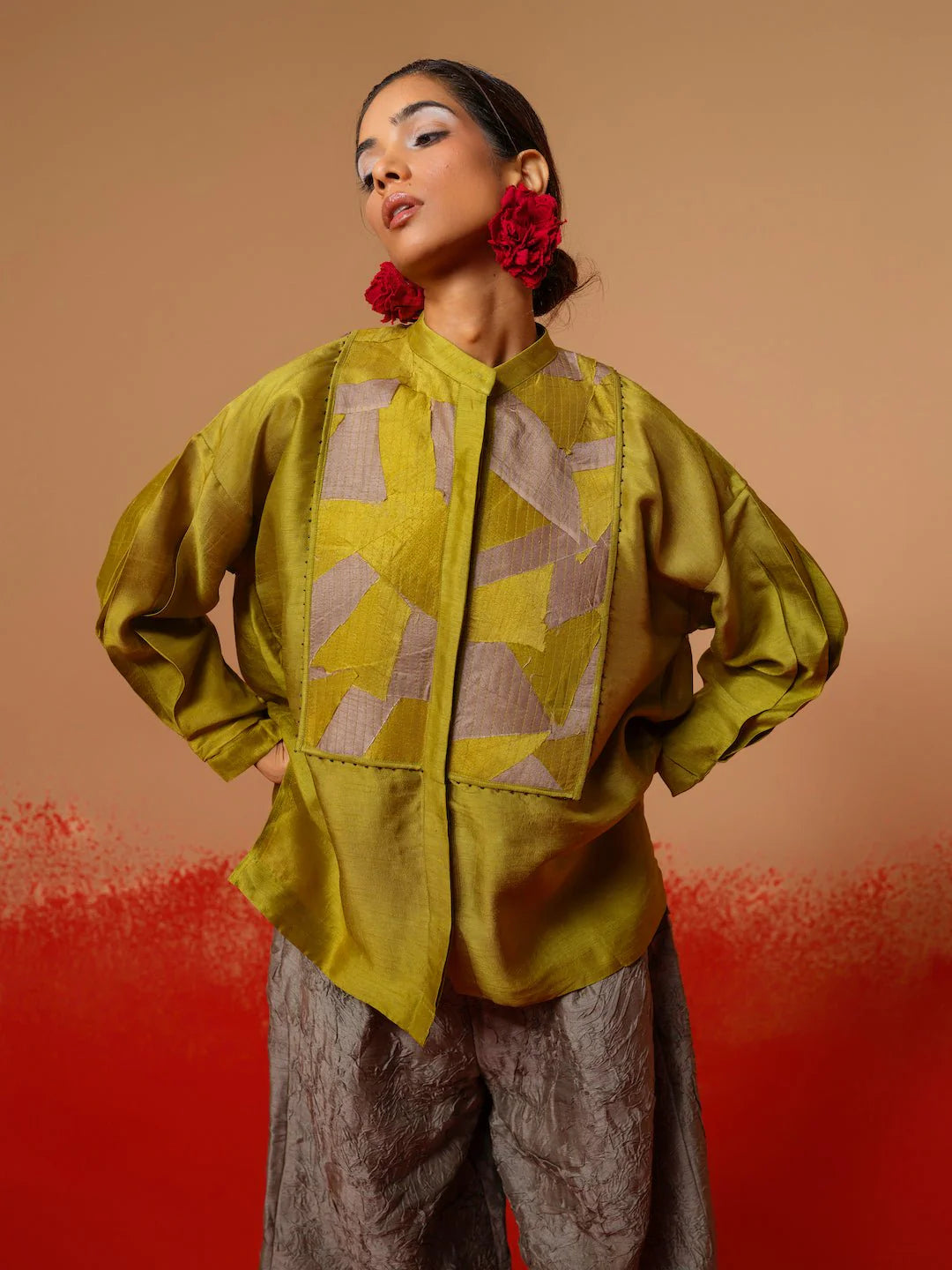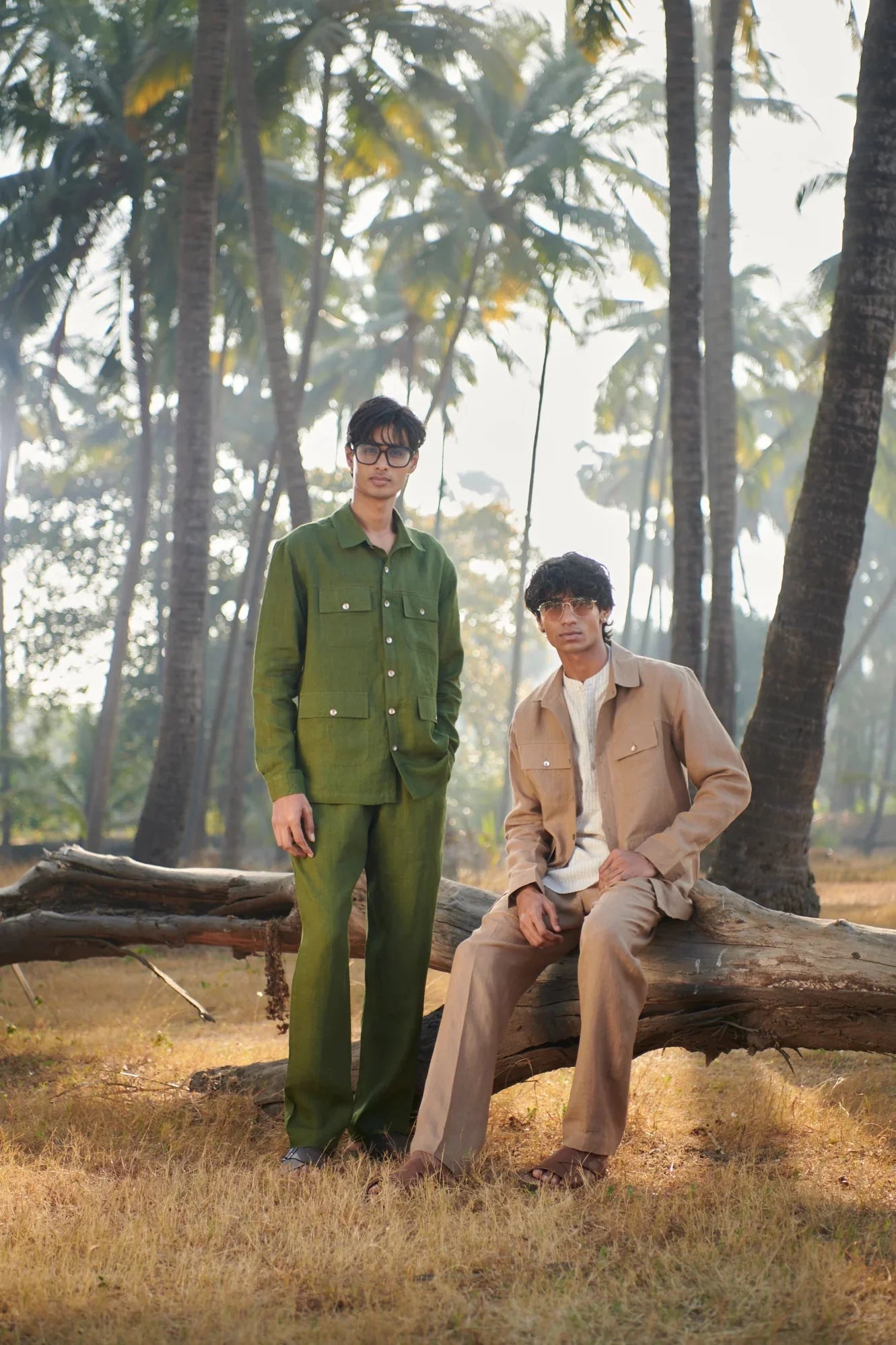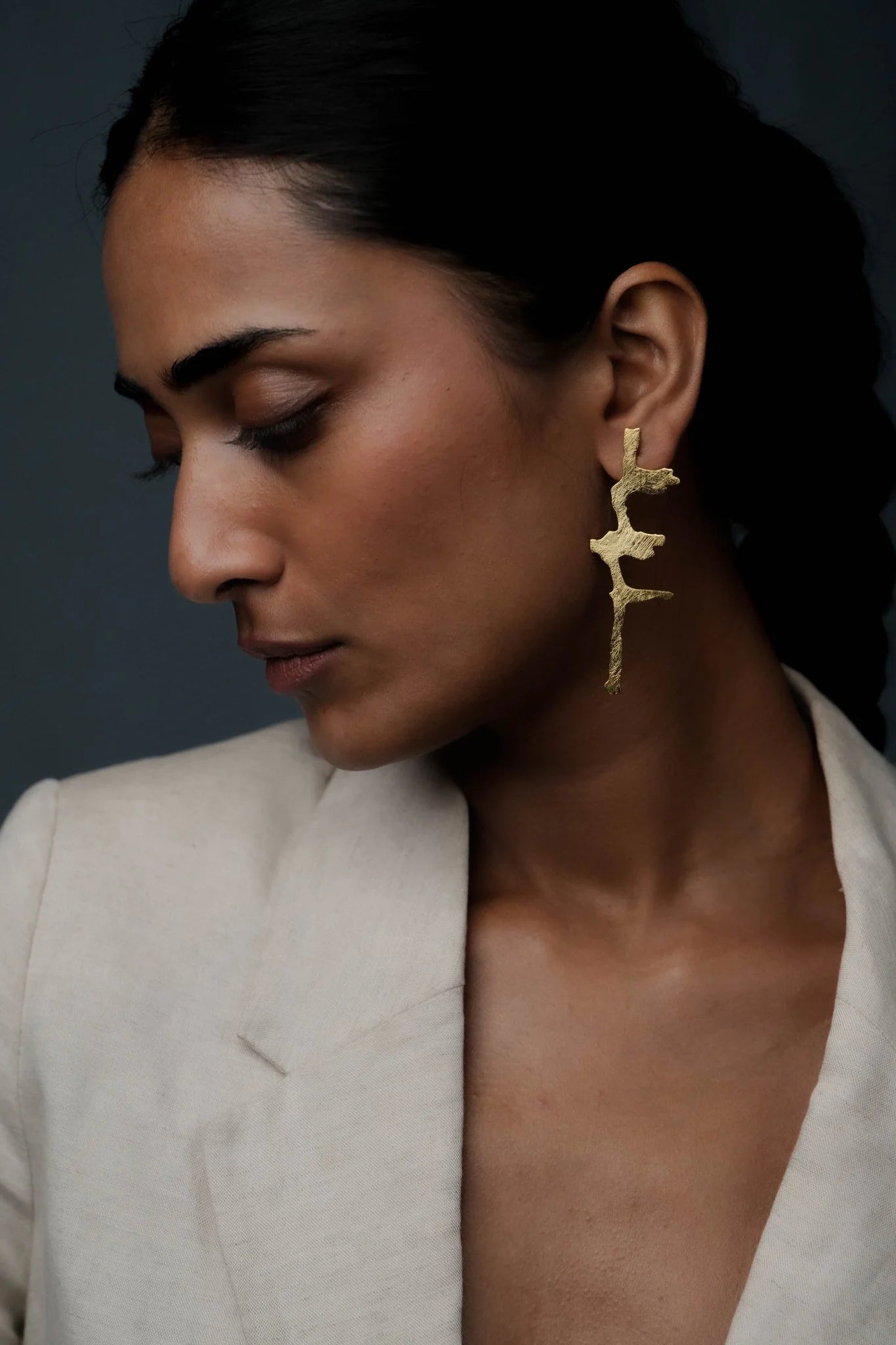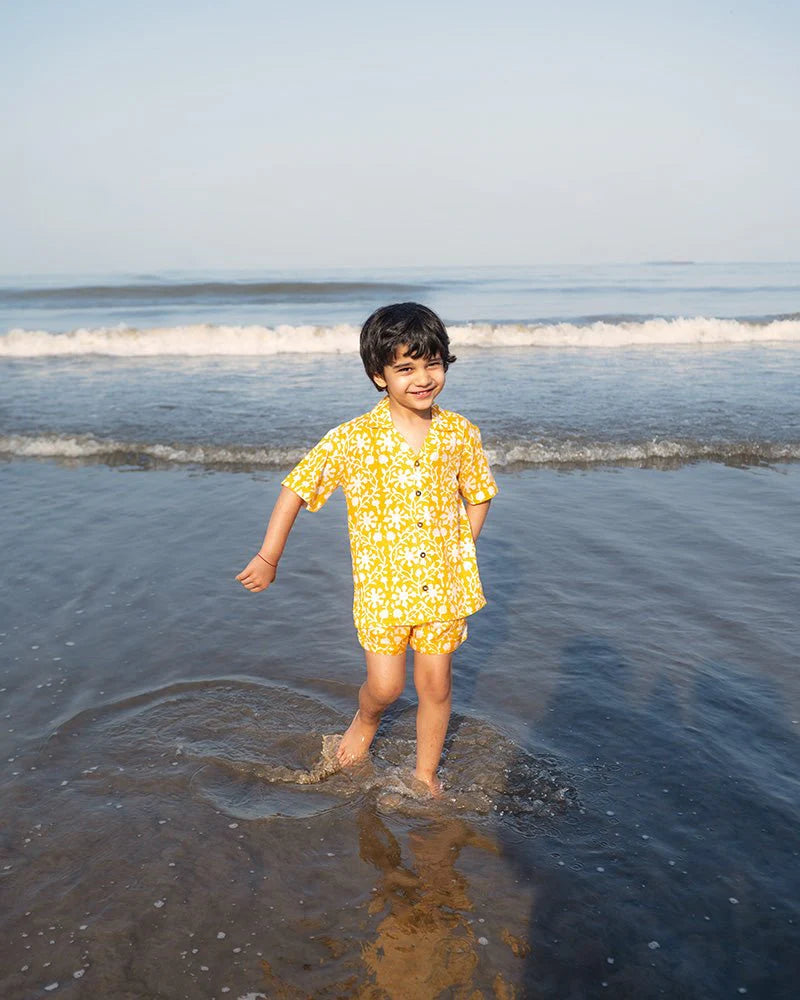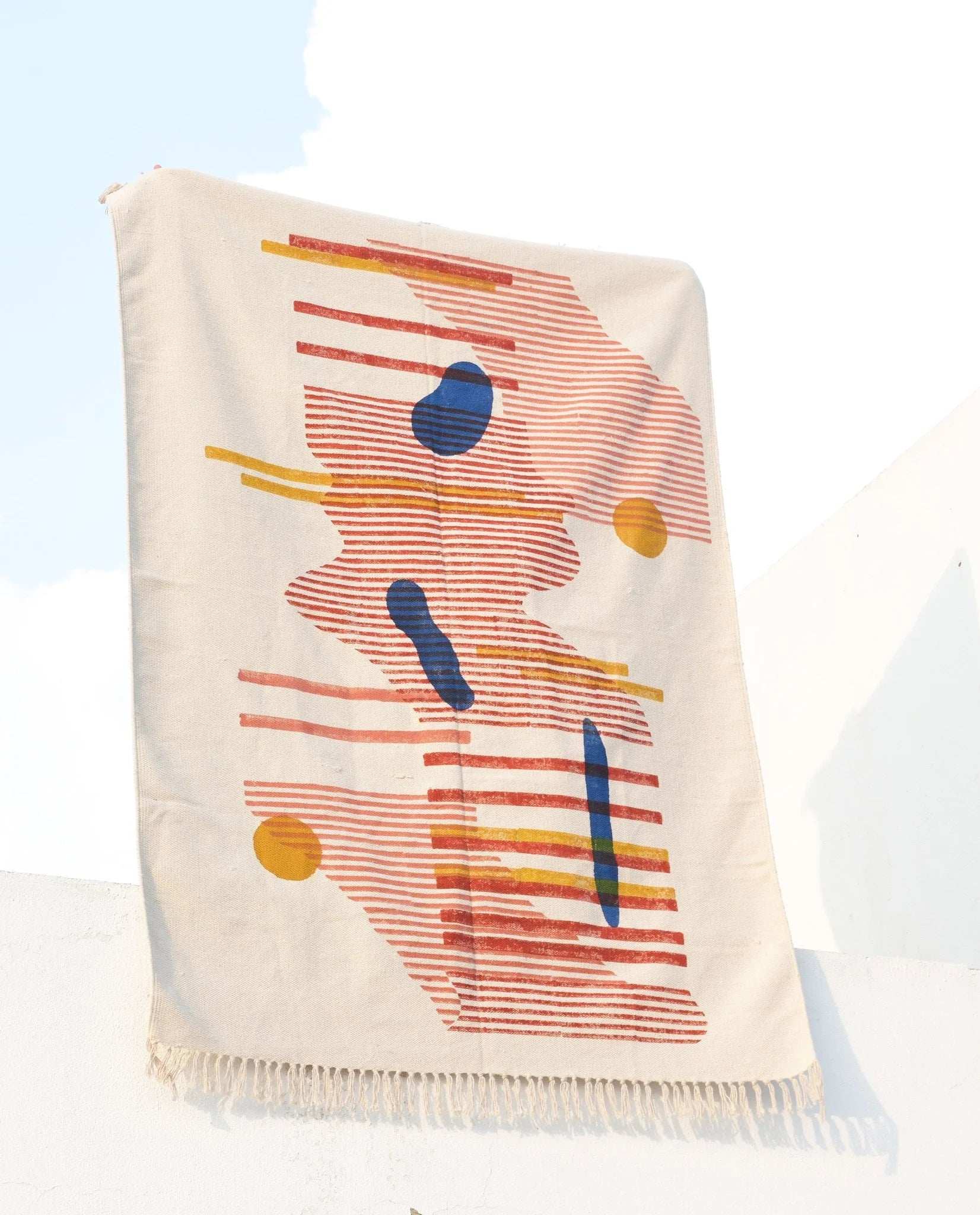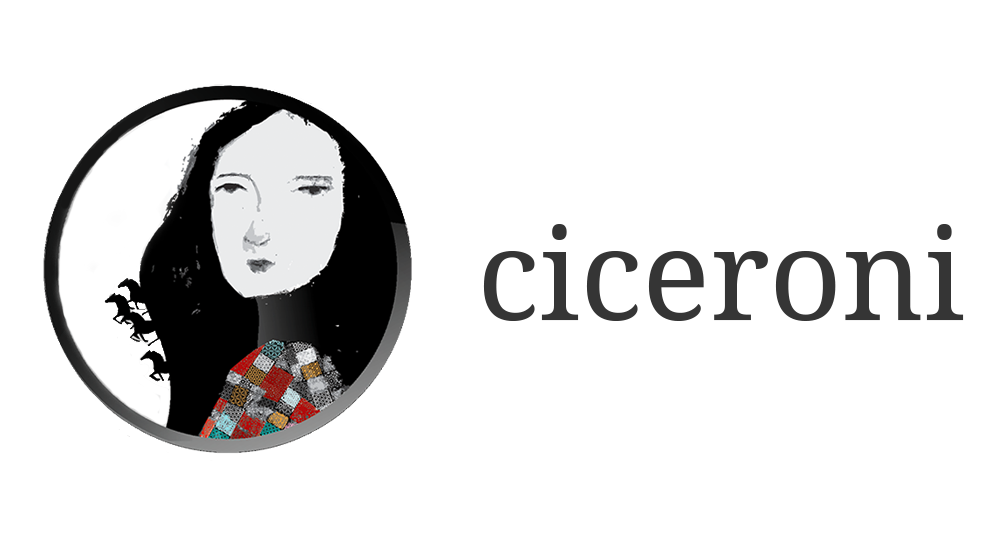India has always been known for its rich weaves, heritage handlooms and exquisite embroideries. Each has a legacy of its own. And while we often tend to underestimate the true value of these ancient crafts, International fashion houses like Chanel and Gucci have been seeking Muslin from West Bengal whereas designer Donna Karan sources handwoven textiles from Pollachi, Tamil Nadu. In 2015, the Victoria & Albert Museum in London even held an exhibition titled The Fabric of India, which was an exploration of India’s diverse handwoven textiles.
Heritage handlooms might have lost its charm in India today, owing to the modern powerlooms but thanks to textile aficionados and celebrated designers like Jyoti Reddy, Sanjay Garg, Peter D’Ascoli and Gaurang Shah who have come a long way in reviving these textile treasures. And while they have substantially reignited the buzz and hype around these handwoven weaves by promoting them on national and International platforms, the future of this dying art and underpaid artisans remain questionable, even today. One such precious heirloom is the glorious PAITHANI SARI, which is also considered to be the QUEEN OF SILKS.

Named after the town responsible for its inception, Paithani saris are handwoven saris made from exquisite silk. Considered to be the richest saris in Maharashtra, they said to be the hand woven poems in gold and silk. A symbol of intellectually refined elites, a Paithani sari has become a coveted heirloom that is passed on from generation to generation. In the ancient times, the Paithani sari was no less than an ornamental treasure and was paid for by the western travellers in gold and gems. Till date, the real Paithani saris are hand woven with real silver or gold and pure silk.
“Paithani saris hold a treasured place in the trousseau of a Maharashtrian bride. It’s the most elegant silhouette and looks royal. I love wearing Paithanis not only at weddings but also during Ganesh puja and Diwali. It just adds on to your personality and looks glamorous,” says Priya, a PR professional from Mumbai.

The weaving process uses two components, the tana which is the warp, called so because it is stressed and under tension while weaving, and bana, a rougher and thicker type of silk that is the weft. A particular colour thread is used length-wise and another colour is used width-wise while weaving. Hence, an original sari also does a play of colour as light reflects off it and the sari appears to change its colour.

The handloom silk Paithani saris are available in two varieties – Traditional Paithani and Brocade Paithani. The traditional variety with a 28-inch pallu design usually takes a lesser time to weave as the work is less intricate. Brocade Paithanis, on the other hand, have a complicated pallu design of 40 inches and hence, require a far more skilled weaver. The time taken to create a Paithani can range from anything between two months to a year depending upon the pallu and the border. Its manufacturing can also cost anything from sixty thousand rupees to five lakh rupees.

Paithani saris are woven from naturally dyed threads and hence, are usually only available in basic jewel tones like red, mustard yellow, sky blue, magenta, indigo, emerald green, peach-pink and purple. Each sari usually has two dominating colours – one on the sari and the other on the border and pallu.




Paithanis are known for their interesting motifs. While they often feature butis on the body, the highlight is always the border and pallu. Popular pallu motifs include mor (peacock), bangadi mor (bangle with four peacocks and lotus), munia/ tota-maina (parrot-maina), Ajanta lotus, asavali (vines and flowers), koyari (mango shape) and akruti (almond shape). You can also find motifs of musical instruments like tabla, shehnai, sambal and tanpura on Paithani saris. On the borders, you will usually see narali (coconut) and pankha (fan shape) motifs.



Celebrated designer and dedicated handloom reviver Gaurang Shah, recently showcased his Peshwai collection, a novel textile experiment at LFW 2019. When asked about his inspiration behind romanticizing with weaves like Paithani and Jamdani, the textile maestro shared, “The collection Peshwai is a classic merger of rich textiles originated in Deccan plateau, rooted in the Peshwa royalty. We have woven ethos of different regions like Bandhani from Gujarat, Jamdani kota from Rajasthan and Paithani from Maharashtra and transformed age-old weaves into contemporary classics. It is a revitalization of 18th century motifs with an innovative layout. The intricate mustard seed bandhani stresses the ornate weaves of the Peshwa dynasty. This was our vision for this season.”


“We firmly believe that handlooms hold great promise. Fashion consumers are always on the lookout for inventive clothing, that not only sync with modern fashion trends but also become a timeless piece. Especially, saris… they have always been part of Indian fashion for generations. To revive the lost interest, we have infused amalgamation of fabrics, textures and motifs. This will certainly enthuse the modern day consumers and we do believe it will only grow as more people embrace them. We are sold out,” exclaimed Gaurang when asked about how long does he think will it take for Paithani to regain the same glory it once boasted of.


Designer Swapnil Shinde redefined Paithani by contemporizing it in his collection, ‘AN AFFAIR TO REMEMBER’ that borrowed its inspiration from the 1950′ glamour of Hollywood. The collection showcased brilliant amalgamation of the traditional weaves with contemporary silhouettes like skirts, crop tops and chic sundresses.


Wear it the classic way with a gajra clad bun, moon crescent bindi and the quintessential Maharashtrian nath for the upcoming Ganesh chaturti, or give it a contemporary twist and swoon at your Navratri soirees.


Paithani is not just a sari but a royal legacy that one usually carries with grace and pride.

